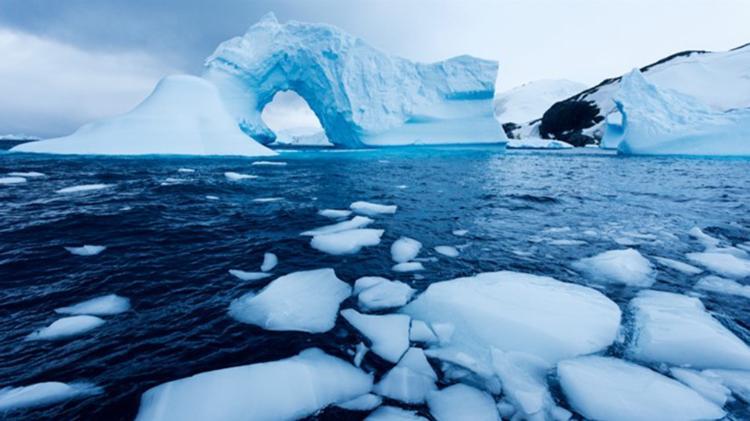Novel biomarker approach to quantify past sea ice changes and the first 240,000-year-long continuous paleoclimate and paleoecologic reconstruction in the Arctic Alaska

Environmental Futures Seminar - Professor Yongsong Huang
-
-
-
Wollongong Campus
32-G01
The talk will cover two related topics in polar climate research. The first part discusses a newly discovered Isochrysidales algal species, 2i, found in polar sea ice and saline lakes, including Antarctic lakes like Ace Lake and Lake Fryxell. 2i produces distinct alkenones, enabling quantitative reconstruction of past sea conditions using sedimentary alkenone distributions. The second part focuses on paleohydrology, paleofire, paleotemperature, and paleohuman reconstruction from Imuruk Lake, Seward Peninsula, Alaska, based on a 240,000-year sedimentary record—the longest in Arctic North America. Findings suggest that precession-induced summer insolation and ice topography shifts largely control orbital-scale precipitation changes.
Professor Huang received a B.S. in Geochemistry from the University of Science and Technology of China in 1984 and earned two PhDs: one in Geochemistry from the Chinese Academy of Sciences (1990) and another in Environmental Organic Geochemistry from the University of Bristol (1997). He joined Brown University in 2000 and became a full professor in 2012. His research focuses on developing lipid biomarker proxies for paleoclimate studies and applying them to understand climate change mechanisms across different time scales.